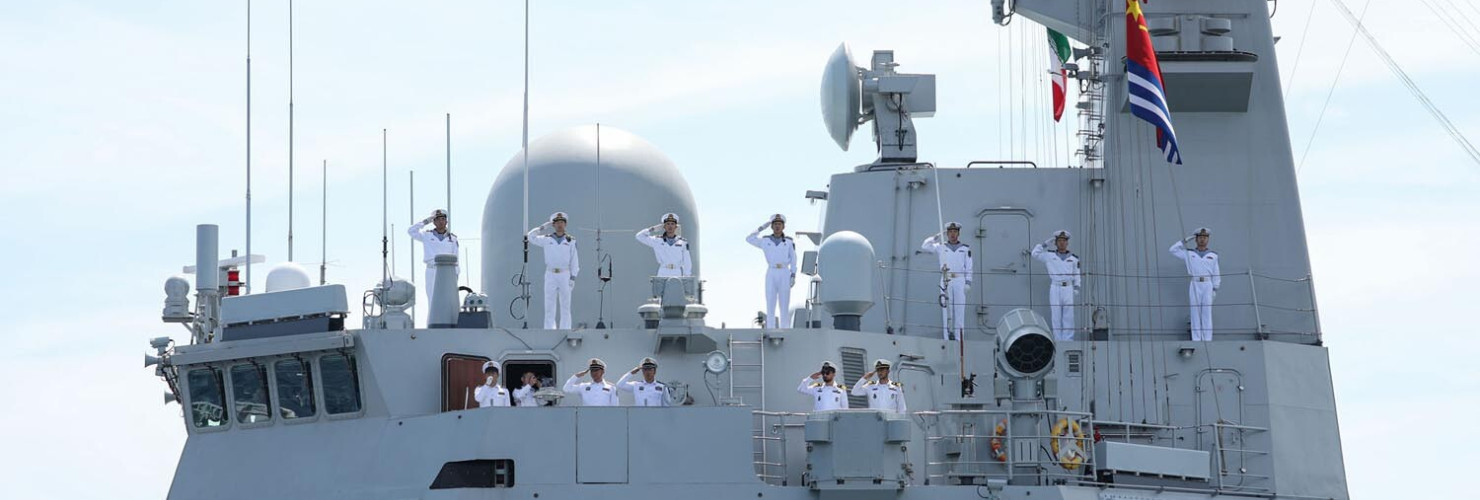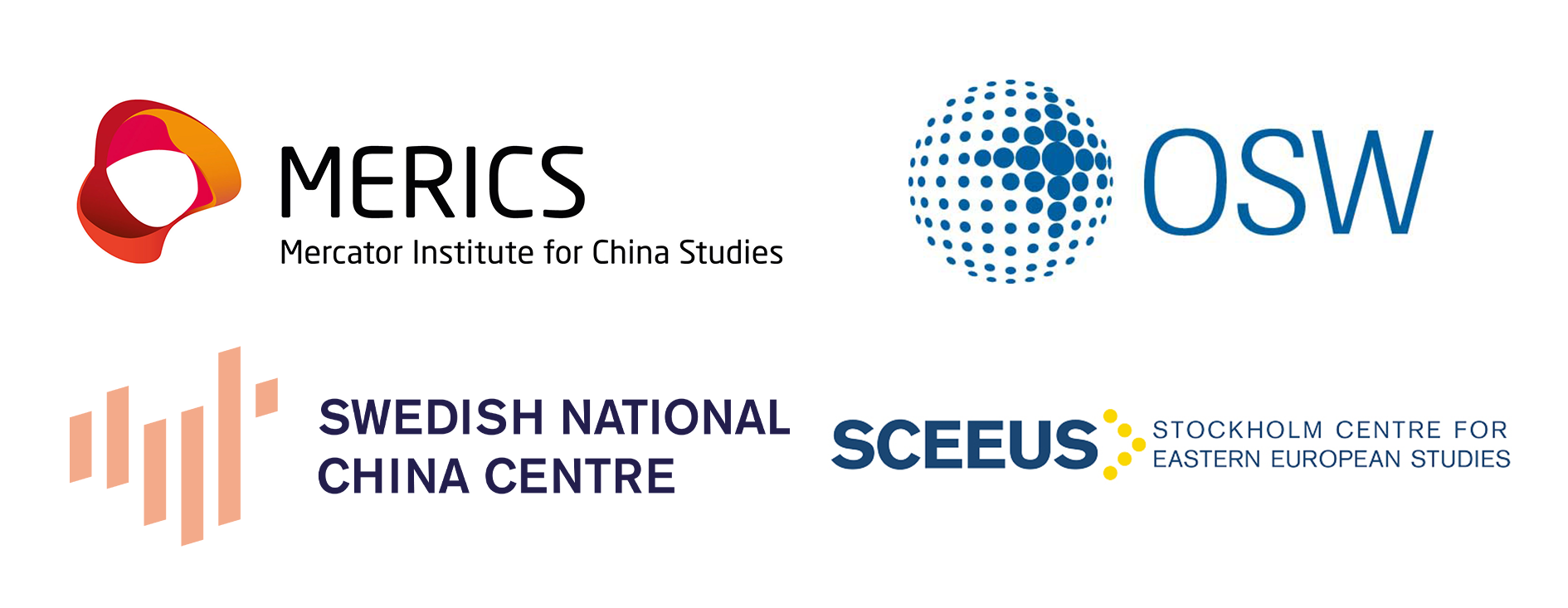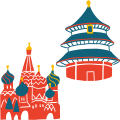

Joint military exercises signal deepening Russia-China strategic alignment
Russia and China are steadily strengthening their military and defence cooperation. These developments are seen in joint military exercises, in institutional cooperation and exchanges, and in their growing joint technological development, says Hugo von Essen in his analysis for the China-Russia Dashboard.
Since Russia’s full-scale invasion of Ukraine, joint military exercises between Russia and China have expanded sharply in number, scale, and geographic reach. Russia and China have held over 90 joint military exercises since 2003, covering ground, naval, aerial, and multi-domain operations. Of these, nearly a third have taken place since February 2022.
In 2024 alone, the two countries conducted 11 joint exercises — more than in any previous year. These exercises also became more sophisticated and increasingly took place in strategically sensitive regions where China faces maritime tensions, such as the Yellow Sea, the East China Sea, the South China Sea, and around Alaska. These activities serve operational purposes while also signalling political alignment against regional rivals. Key milestones in 2024 included their first joint naval patrol in the Arctic Ocean and the first coast guard collaboration.
Most growth has been in naval and aerial exercises, which together account for 22 of 27 exercises since 2022. In this period, the two states have conducted 16 joint naval exercises, including seven in 2024, as well as nine joint aerial patrols since 2019. Other exercise types, like ground and paramilitary exercises, have become less frequent – also reflecting the fact that Russia’s ground forces have been heavily impacted by the war against Ukraine while naval and air capabilities remain more intact.
Military cooperation deepens, but form changes
Defence ties have also deepened at the institutional level. Russia and China are engaged in joint defence technology development, coordinated production of military equipment such as helicopters, submarines, and missiles, and increased efforts in emerging technology sectors with potential military applications like 5G, satellites, space, nuclear energy, quantum technology and artificial intelligence.
At the same time, the power dynamic between the two countries is shifting. China’s military strength continues to grow steadily, while Russia’s capabilities have been significantly eroded by the war in Ukraine. In parallel, China has become a critical supplier of goods and components needed to sustain Russia’s defence industry, and Russian reliance on China has increased sharply, especially after losing access to Western markets.
Similarly, Russian arms exports to China, once a major aspect of the relationship, have declined considerably. China has sharply reduced its arms imports from Russia in recent years, driven by its increasing self-sufficiency in military production and Russia’s declining arms exports due to the war in Ukraine.
Importantly, China’s earlier reliance on Russian arms enabled the modernization of the People’s Liberation Army, and much of China’s technological advancement has been driven by adaptation and replication of Russian systems. Although Russian supplies still make up by far the largest share of China’s arms imports (76 percent in 2023), their relative importance for China’s overall development of its armed forces has diminished, as evidenced by the declining volume of deliveries.
Key developments to monitor going forward
Several issues will be important to track in the coming years in the defence and security ties of Russia and China.
First, what is the trajectory of joint military exercises —will they continue to develop in number, scale and complexity? This will have crucial implications for joint operability, the power projection and deterrence capacities of both, and for Russia’s potential supporting role in Indo-Pacific conflict scenarios.
Second, what is the fate of Russian arms exports? These have declined not only to China, but globally, while China’s own exports have grown, especially in traditional Russian markets like Sub-Saharan Africa. This shift signals a potential broader realignment in global defence markets and threatens a key Russian foreign policy tool and source of revenue.
Third, how far is China willing to go in terms of military material support to Russia’s defence industry and war efforts? This will continue to be a critical factor in Russia’s military capacity and potential for aggression, as well as for China’s ties with the EU and NATO.
Fourth, what are the consequences of the growing military imbalance, with Russia weakening and China strengthening? This shift could strain their relationship more than economic or diplomatic changes, given the strategic importance of military power to Russia’s identity and foreign policy. Military concessions, for example in terms of sharing of advanced Russian technologies, are especially sensitive due to China’s history of copying Russian defence technology.
Finally, related to the inequality, what might China demand in return for its support? Potential military concessions include access to Russian advanced defence technologies, intelligence and combat experience. In a Taiwan conflict, China might also expect Russia to provide indirect support—such as supplying energy, disrupting Western operations, and creating strategic distractions.
This analysis is part of the China-Russia Dashboard, a collaborative research effort of the Centre for Eastern Studies (OSW), MERICS, and the Swedish National China Centre (NKK) and Stockholm Centre for Eastern European Studies (SCEEUS) at the Swedish Institute of International Affairs (UI). Explore the project here.


